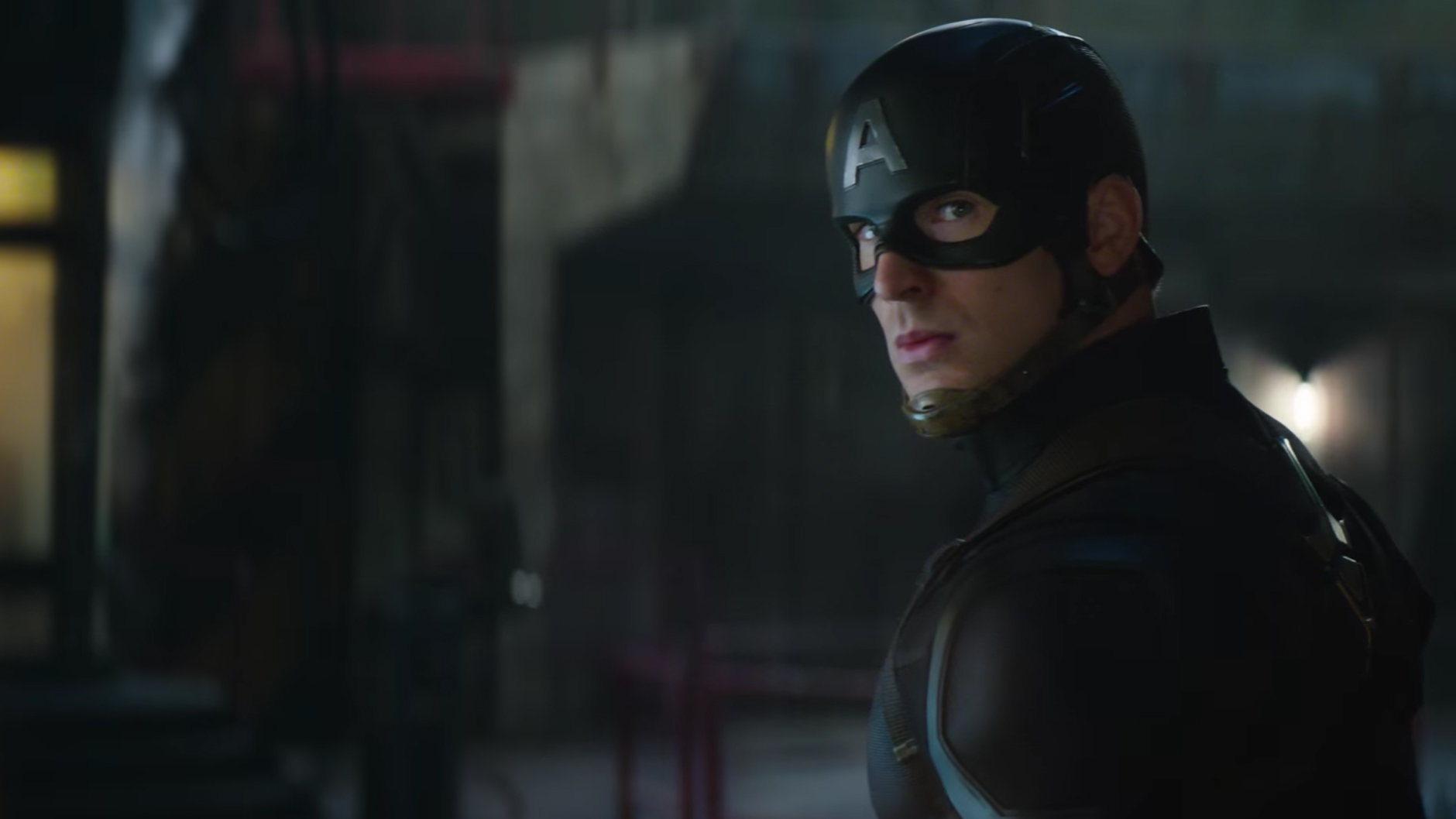The marketing for Captain America: Civil War would have you believe you’re either “Team Captain America” or “Team Iron Man,” and seeing as it’s a Captain America movie, it’s a logical next step to assume Cap’s is the right side to be on. But Civil War is far more interested in human nature than heroes and villains. It doesn’t presume to tell its audience which side is right and which is wrong, but instead gives us shades of gray, showing us the ways in which each side is both right and wrong. Even Zemo, the closest thing you’ll find to a traditional Marvel villain in the film, is just a human with no superpowers and an understandable—even sympathetic—motivation.
Following yet another instance of collateral damage in The Avengers’ attempts to save the world, the US government drafts the Sokovia Accords, which would mandate superhero registration and United Nations oversight. Hoping to prevent any further innocent bloodshed, Tony Stark/Iron Man (Robert Downey Jr.) signs the accord and urges the rest of The Avengers to do the same. Steve Rogers/Captain America (Chris Evans), worried bureaucracy would interfere with his ability to save lives, refuses to sign. It is no coincidence that both decisions feel remarkably true to character. Marvel has been laying the groundwork for Civil War for at least four years. The Battle of New York, which takes place at the end of 2012’s The Avengers, serves as a stand-in for 9/11 in the Marvel Cinematic Universe and has informed the actions of every MCU film since.
Other superhero franchises tend to throw the baby out with the bathwater, making each film a “reboot” and delivering the same origin stories ad nauseam, but it is this type of continuity and patient world building that makes Marvel films such consistent critical and box office successes.
In Iron Man 3, we see a Tony Stark obsessed with protecting everyone from everything. This obsession causes him to create Ultron, the titular villain in 2015’s Avengers: Age of Ultron, which leads to another battle with significant collateral damage in Sokovia. When a grieving mother, whose son died in Sokovia, chastises Stark in Civil War, he has already been wracked with guilt for the last two films we’ve seen him in. He sees signing the Sokovia Accords as his chance to make amends. Conversely, in Captain America: The Winter Soldier we watch Steve Rogers become slowly disillusioned with a government he’s spent his entire life believing in. Over the course of the film, he sees special interests and backdoor deals consistently take priority over human lives. It is no wonder he distrusts the Sokovia Accords.
Other superhero franchises tend to throw the baby out with the bathwater, making each film a “reboot” and delivering the same origin stories ad nauseam, but it is this type of continuity and patient world building that makes Marvel films such consistent critical and box office successes. Further, Marvel trusts its audience’s intelligence, giving us backstory when it is needed and omitting it when it is not. We are mercifully spared another Peter Parker/Spider-Man (Tom Holland) origin story and everything we need to know about T’Challa/Black Panther (Chadwick Boseman) is delivered in a couple of sentences. Yet both characters, new to the MCU, are fully realized (and easily the best part of the movie).
By patiently stretching its exposition across five films, Marvel ensures Civil War, with its eleven fully developed main characters, never feels overcrowded. Instead, remarkably, it has breathing room and, almost unheard of in big budget ensemble films, room for nuance. FL









